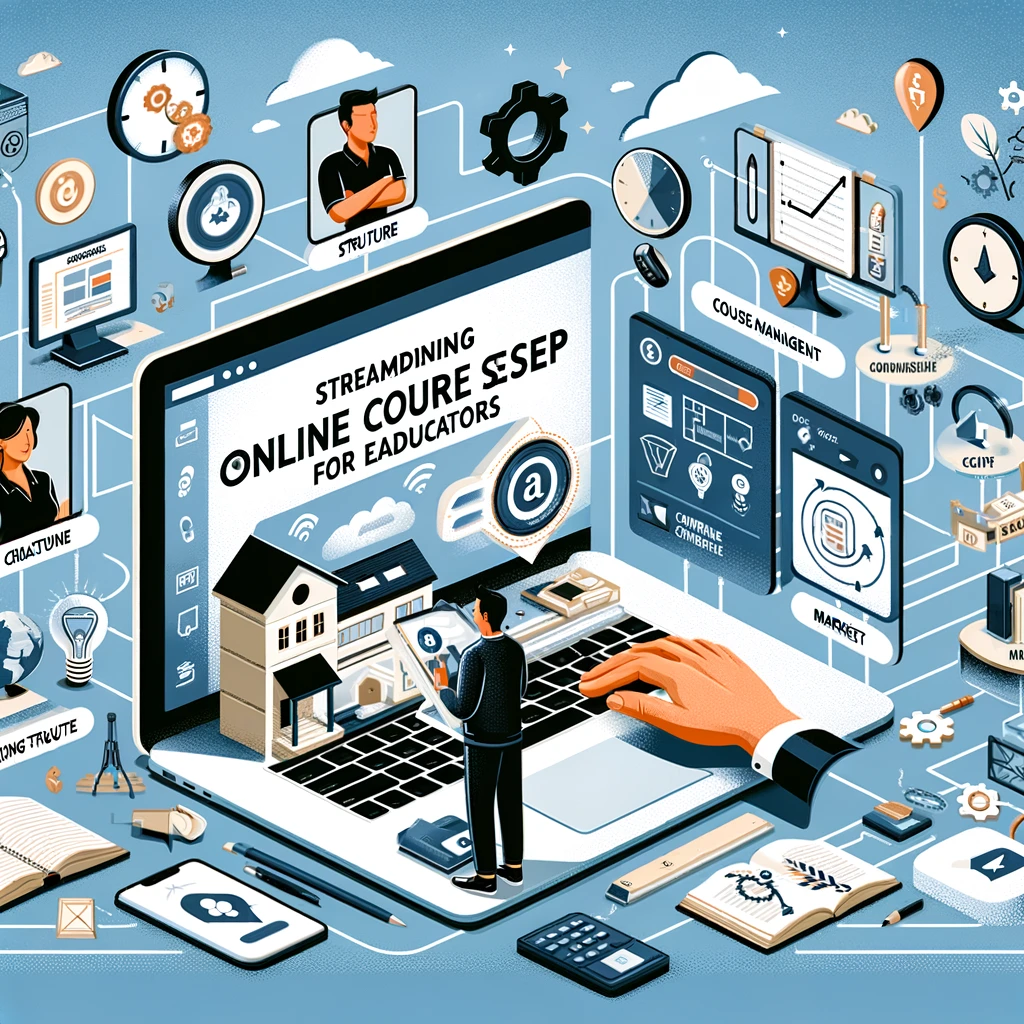The shift to online education can seem daunting for educators accustomed to traditional classroom settings. However, with the right tools and strategies, setting up online courses can be a streamlined and straightforward process. Platforms like SubSchool are designed to simplify this digital transition. This comprehensive guide aims to equip educators with the knowledge and tools needed for an easy setup of online courses, making the switch to digital teaching less intimidating and more rewarding.
Understanding the Basics of Online Course Setup
Key Components of Online Courses
Before diving into course creation, it's essential to understand the fundamental components of an online course, including content delivery methods, interaction mechanisms, and assessment formats.
Planning Your Course Structure
Effective planning is critical. Outline your course objectives, modules, lesson plans, and the types of materials and activities you will include.
Selecting the Right Platform
Criteria for Choosing a Platform
Choose a platform that suits your teaching style and course requirements. Consider factors like user-friendliness, customization options, and the ability to integrate various multimedia and interactive tools.
The Role of Platforms like SubSchool
Platforms like SubSchool offer a comprehensive set of tools for course creation, management, and interaction, all within an easy-to-use interface.
Creating Engaging and Interactive Content
Utilising Diverse Content Formats
Mix different content formats, such as text, videos, live lectures, and interactive activities, to cater to different learning styles and keep students engaged.
Best Practices in Content Creation
Follow best practices in online content creation, such as keeping videos short, making text scannable, and including interactive elements to encourage active learning.
Simplifying Course Administration
Streamlining Course Management
Leverage the course management features of your chosen platform to organize materials, track student progress, and communicate with students efficiently.
Automated Features for Efficiency
Take advantage of automated features such as grading, student feedback, and attendance tracking to save time and reduce the administrative burden.
Enhancing Student Engagement and Interaction
Interactive Tools for Student Participation
Use interactive tools like forums, quizzes, and collaborative projects to promote student participation and engagement in your course.
Building a Community in the Virtual Classroom
Create a sense of community by encouraging discussions, group work, and peer-to-peer learning opportunities.
Overcoming Technical Challenges
Preparing for Technical Issues
Equip yourself with basic troubleshooting knowledge and prepare contingency plans for potential technical issues that may arise during your course.
Providing Support for Students
Offer support and resources to help students navigate any technical difficulties they might encounter, ensuring a smooth learning experience.
Marketing and Promoting Your Course
Effective Strategies for Course Promotion
Develop a marketing strategy to promote your course, utilizing social media, email marketing, and networking within educational communities.
Leveraging Student Testimonials and Feedback
Use positive student testimonials and feedback as a promotional tool to attract new students and build credibility for your course.
Continuous Improvement and Adaptation
Gathering and Implementing Feedback
Regularly gather student feedback and use it to continuously improve and adapt your course content and delivery methods.
Staying Updated with Educational Trends
Stay informed about the latest trends and developments in online education to keep your course relevant and engaging.
Conclusion
Setting up an online course doesn't have to be complicated. By understanding the basics, selecting the right platform, creating engaging content, and utilizing effective administrative and promotional strategies, educators can successfully make the digital transition. Platforms like SubSchool provide an accessible and comprehensive solution, simplifying the setup process and enabling educators to focus on what they do best – teaching.
